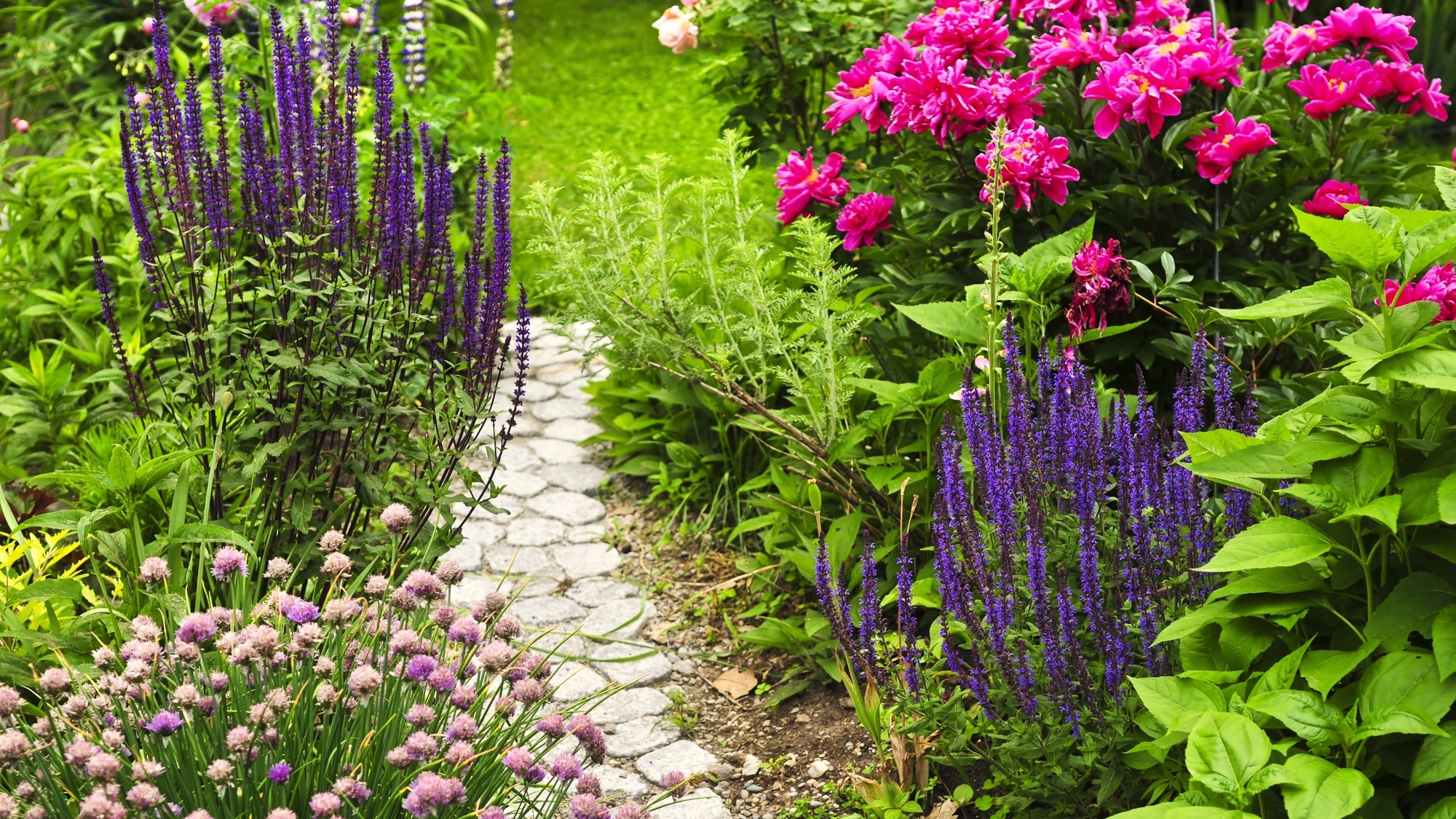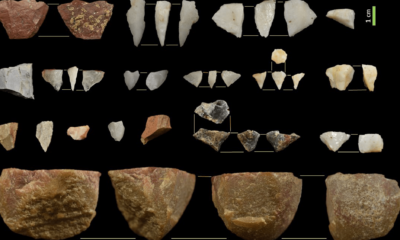Gadgets
What gardening zone am I in? Find your USDA plant hardiness zone.

When shopping for plants, you might come across labels that mention “Zones 3-7” or similar numbers. These references indicate the plant hardiness zones where specific greenery will thrive.
Understanding your gardening zone is crucial for selecting plants that are well-suited to your region’s climate, ensuring the flourishing of your garden throughout the year. By being aware of your zone, you can make informed choices that support the health and longevity of your outdoor plants.
What is a gardening zone?
A gardening zone, also known as a plant hardiness zone, is a geographically defined area that helps gardeners determine which plants are most likely to thrive in the region’s climate. The USDA categorizes these zones based on the average minimum temperatures of the area. The USDA Plant Hardiness Zone Map divides North America into 13 zones based on the average annual minimum winter temperature.
In 2023, the USDA released an updated hardiness zone map in response to the impact of climate change. The updated map indicated a northward shift in the zones, reflecting the changing conditions.
Why do gardening zones matter?
Gardening zones provide essential information about your area’s climate, particularly its coldest temperatures. By selecting plants suited to your zone, you minimize the risk of winter damage, ensuring better survival rates and reducing replacement costs.
Knowing your zone also helps in planning your planting schedule, including optimal times for sowing and transplanting. Many gardening resources and nurseries offer tailored advice and products based on these zones, making it easier to find the right guidance and supplies.
What does heat zone mean?
Some plant labels also mention a heat zone. A heat zone refers to a geographic area defined by the American Horticultural Society (AHS) based on the average number of days per year that a region experiences temperatures over 86°F (30°C). These zones are specifically designed to be the high-temperature counterpart to the USDA Plant Hardiness Zones, which are based on minimum cold temperatures.
The AHS Plant Heat Zone Map identifies 12 zones, indicating regions where plants are subjected to high temperatures that could impact their growth, survival, and flowering times. Understanding heat zones is crucial for gardeners to select plants that can tolerate the local heat conditions, preventing issues like withering or sun scorching, especially during the hotter parts of the year. Using this information, along with the hardiness zone, will help you pick the right plants that will thrive in your region.
Step-by-step guide to finding your gardening zone
Visit the USDA plant hardiness zone map:
This map is the most widely used resource for determining gardening zones in the United States. The gardening zone map provides detailed information about the temperature extremes of each zone.
Enter your zip code:
Enter your zip code to find out your exact zone. This method is straightforward and eliminates the need to interpret the color-coded map yourself. The difference between each hardiness zone is 10 degrees Fahrenheit, and it is commonly divided into two subzones, “a” and “b,” which have a 5-degree Fahrenheit difference.
Learn what the zones mean:
Each zone corresponds to a range of minimum winter temperatures. For instance, Zone 3 might have temperatures as low as -40 to -30°F, while Zone 9 might only drop to 20-30°F. Understanding these ranges will help you select plants suited for your area’s climate.
Use the zone information when purchasing plants:
Nursery tags and seed packets often include zone information. To improve the survival and growth rates of the plants you buy, ensure that they are suitable for your zone. Remember to keep your region’s heat zone in mind when selecting plants too.
Adjust for microclimates:
Keep in mind that microclimates within your garden, such as shaded areas or windy spots, might affect the viability of certain plants, even within your zone.
How to select plants based on your gardening zones
When selecting plants for your garden, it’s essential to consider both the USDA Plant Hardiness Zone and the AHS Heat Zone listed on the plant tag. Most plant tags and plant information listed on plant websites will list the hardiness zones, and many will also list the heat zone. By matching these zones with your local climate, you can determine if a plant is likely to thrive in your garden. For instance, if you live in USDA Zone 8 and AHS Heat Zone 7, look for plants tagged within those zones to ensure they are well-suited to your region’s winter cold and summer heat.
-

 Destination8 months ago
Destination8 months agoSingapore Airlines CEO set to join board of Air India, BA News, BA
-

 Breaking News10 months ago
Breaking News10 months agoCroatia to reintroduce compulsory military draft as regional tensions soar
-

 Gadgets3 months ago
Gadgets3 months agoSupernatural Season 16 Revival News, Cast, Plot and Release Date
-

 Tech News12 months ago
Tech News12 months agoBangladeshi police agents accused of selling citizens’ personal information on Telegram
-

 Productivity11 months ago
Productivity11 months agoHow Your Contact Center Can Become A Customer Engagement Center
-

 Gadgets4 weeks ago
Gadgets4 weeks agoFallout Season 2 Potential Release Date, Cast, Plot and News
-

 Breaking News10 months ago
Breaking News10 months agoBangladesh crisis: Refaat Ahmed sworn in as Bangladesh’s new chief justice
-

 Toys12 months ago
Toys12 months ago15 of the Best Trike & Tricycles Mums Recommend























